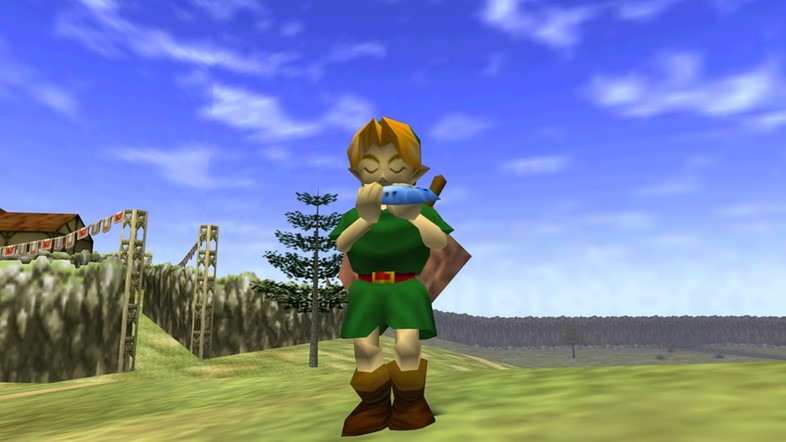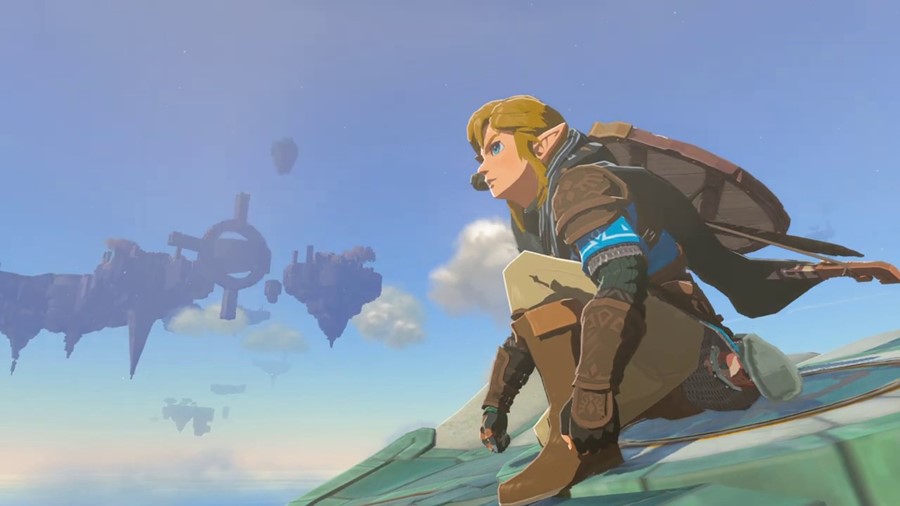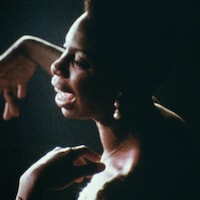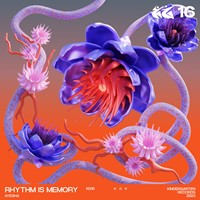From the early compositions by Nintendo legend Koji Kondo to the fragmentary and sparse soundscapes of Breath of the Wild, why does the music from The Legend of Zelda go so hard?
There are few video games where music is as important than in The Legend of Zelda series. Since the release of the original game on NES in 1986, the sonic world that accompanies the protagonist Link on his heroic escapades throughout Hyrule has mattered just as much as series’ evolving gameplay mechanics, varying art styles and multi-dimensional storylines.
Since the original music was written by visionary composer and Nintendo legend Koji Kondo, the soundtrack has morphed and mutated as technology has developed. And yet, from the haunting 8-bit melodies of the NES-era to the vast and varied soundscapes of Breath of the Wild, the music of Zelda has a sense of emotional and narrative consistency to it. As much as it has changed over the last 38 years, there’s something still immediately identifiable about the sounds of Hyrule. It’s a sonic DNA that led director Edgar Wright to call the music of Zelda “nursery rhymes to a generation”.
Perhaps more so than other games, music in Zelda can also be fundamental to the storyline and gameplay. In Link’s Awakening, for example, Link must secure eight musical instruments in order to escape Koholint Island. Or there’s Ocarina of Time, which weaves music not only into the plot but into the core mechanics of the game, something mirrored in the sequel Majora’s Mask and even by the Wind Waker conductor’s baton.
When Link returned in 2017 in the ground-breaking Breath of the Wild on the Nintendo Switch, the soundtrack – and franchise more broadly – underwent its biggest reinvention. Koji Kondo did not return to score the game. Instead, it was a collaborative effort between Manaka Kataoka, known for her work on the Animal Crossing series, Yasuaki Iwata, who worked on Mario Kart 8, and Hajime Wakai, who has worked on everything from Nintendogs and Star Fox to numerous titles in the Zelda series.
The music for Breath of the Wild was unlike anything previously seen in video games. Fragmented, melancholic and sparse, it was, as Edwin Evans-Thrilwell wrote in Eurogamer, “as lost in this landscape” presented in the game as the player. So atmospheric and impactful was the music that a small cottage industry of videos on YouTube has sprung up offering hours upon hours of Zelda music to chill/work/relax to.
That technique seems to have returned for the sequel, Tears of the Kingdom. While similar to Breath of the Wild in many ways, Tears of the Kingdom is a denser game, with music that mirrors this. It marks another musical evolution for The Legend of Zelda series.
To discover more about the secret sauce Koji Kondo, the other composers and those wizards at Nintendo put into the music of Zelda and to understand its enduring appeal, Dazed spoke to Hyrulian expert Dr Tim Summers, a lecturer in music at Royal Holloway, University of London, the co-founder of Ludomusicology, a research group into video game music, and the author of The Legend of Zelda: Ocarina of Time: A Game Music Companion.
Before we get into talking about Zelda, can you explain what the role of a soundtrack in a game is?
Tim Summers: Unlike when you watch a film, video game music pays attention to you, specifically you, because it reacts to what you’re doing as you engage with it. It also does what film music does too: it builds worlds and characters; it tells us the story. But game music also has to do gameplay mechanics as well. It binds all those things together and makes them all personally, emotionally and meaningfully engaging for us.
How would you categorise the music of The Legend of Zelda?
Tim Summers: Something the Zelda games have always been really good at doing, musically, is blending different types of musical traditions together. If you look at the earliest Zelda game, the original The Legend of Zelda, even though we’re hearing the music on a NES, it’s clearly referencing the fanfares that we hear in golden-age Hollywood films and John Williams’ scores. But as soon as we start developing through the different games, we start to bring in these different musical traditions to help build the worlds and characters for the players. Look at a title like Wind Waker, which is heavily inspired by Celtic music, for example. Or Ocarina of Time, where you get music inspired by Mexican and Spanish music, and music from the Caribbean.
The music in early Zelda games was constricted by the limits of technology. What impact do you think that had on original musical lead Koji Kondo’s compositions?
Tim Summers: People tell this story of video game music that goes from restriction to liberation. That’s not really a great narrative to tell because it implies that the early compositions could have been better. So while I think you’re absolutely right and we should appreciate what Kondo did with those earlier technologies, at the same time I think we need to say that what he did was awesome in-and-of itself, not because of the limitations. We love the fact that it bleeps and bloops.
Music and instruments are often integral to the plot and gameplay. What impact does that incorporation have for a player?
Tim Summers: I think it’s quite magical. And what I mean by that is that it allows us to connect with another reality. When I’m playing the ocarina in Majora's Mask, or maybe even the wind waker in Wind Waker, I’m the one pressing the buttons and Link is the one causing the instrument to make a sound. That music is real music because I can hear it. And yet it’s happening in the virtual world. I’m connected to it. And so this music is crossing realities. When Link is being taught a melody, then I am being taught it as well: we play together.

Breath of the Wild is vast and sparse, which is sort of the point. How does the score mirror that?
Tim Summers: If you listen to a lot of the field music in Breath of the Wild, you’ve got a solo piano playing randomised fragments. There is something about the sparseness of the music, and the fragmentary musical material, that accentuates the loneliness of the game. People talk about Majora's Mask as a very reflective and downbeat game. I find Breath of the Wild quite sad and melancholic in a lot of ways. And of course, when you get to a stable or a township and the music comes in, it’s a relief. It’s incredibly effective.
I’ve even seen people compare some of it to Debussy. What do you make of those comparisons?
Tim Summers: I think what we’re seeing is the combination and intersection of a few musical traditions. Yes, people are talking about Debussy, particularly when it comes to the piano material. Often there’s this non-directed texture, these sustained passages that seem to exist in time but are not directional. There’s pentatonicism, so using a limited scale set. At the same time, I think we're also seeing influence coming in from anime, particularly the work of people like Joe Hisaishi, who always talks about a debt towards people like Debussy and the French Impressionists.
Tears of the Kingdom is a denser game than Zelda in terms of enemy interactions, plot and so on, and it seems, at times at least, the soundtrack has taken a similar approach when it comes to instrumentation. What are your thoughts on that?
Tim Summers: There’s still a lot of piano-led material, and it’s not afraid to go into the symphonic sound world. I think it’s an expansion of the palette though. Early on, I’ve heard some really interesting vocal effects. We still have, very strongly, that narrative of threat and danger being represented by obviously synthetic sounds: reversed sounds, processed vocal sounds. Even quite early on, though, it reassures you musically that it’s going to be familiar. I’m hearing more musical reprises from earlier games. There is a density to musical material, if not a density of musical instrumentation.
Join Dazed Club and be part of our world! You get exclusive access to events, parties, festivals and our editors, as well as a free subscription to Dazed for a year. Join for £5/month today.




